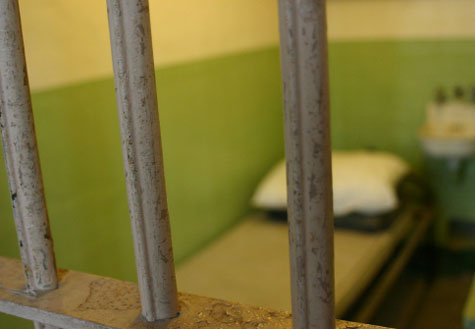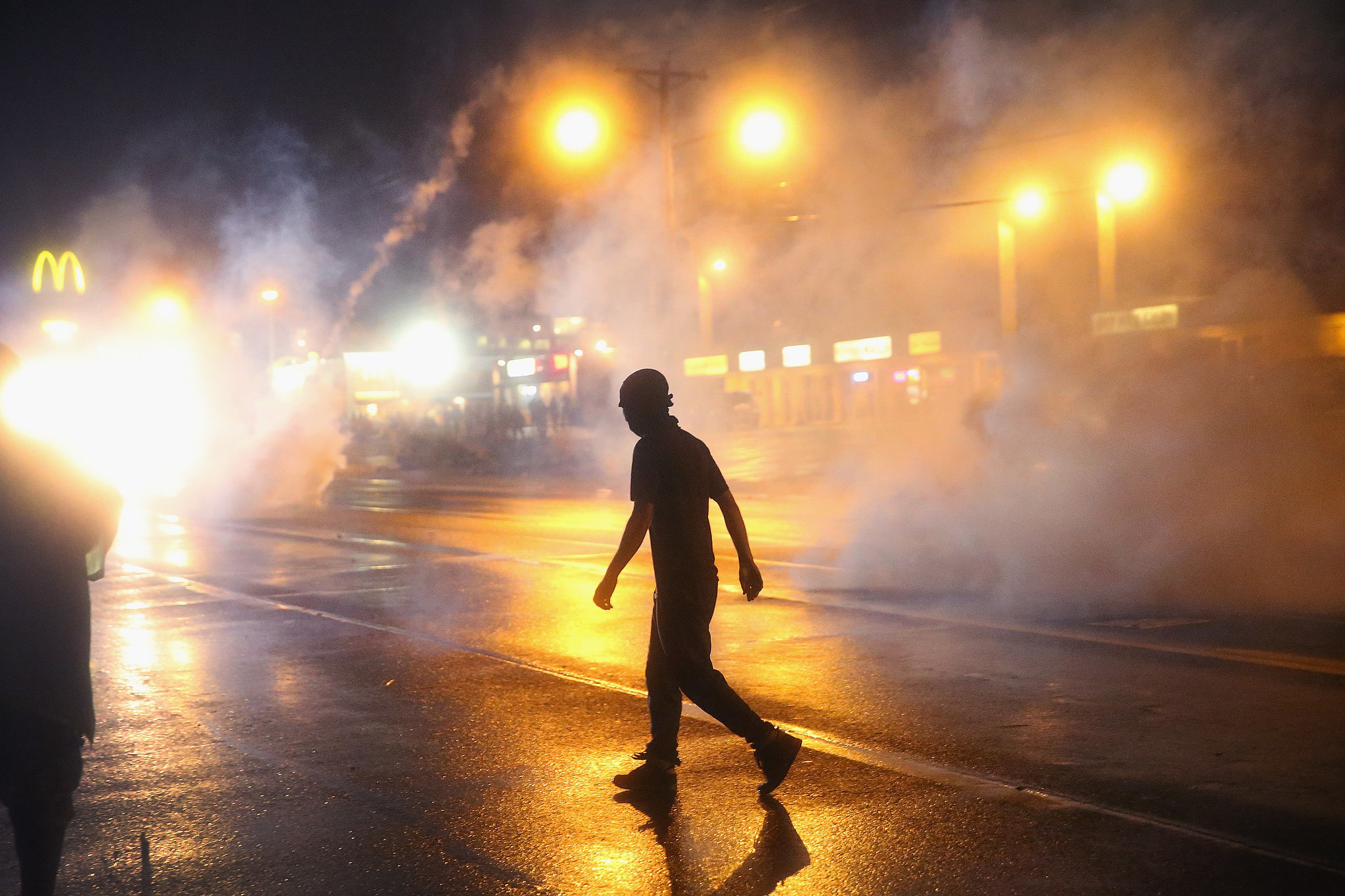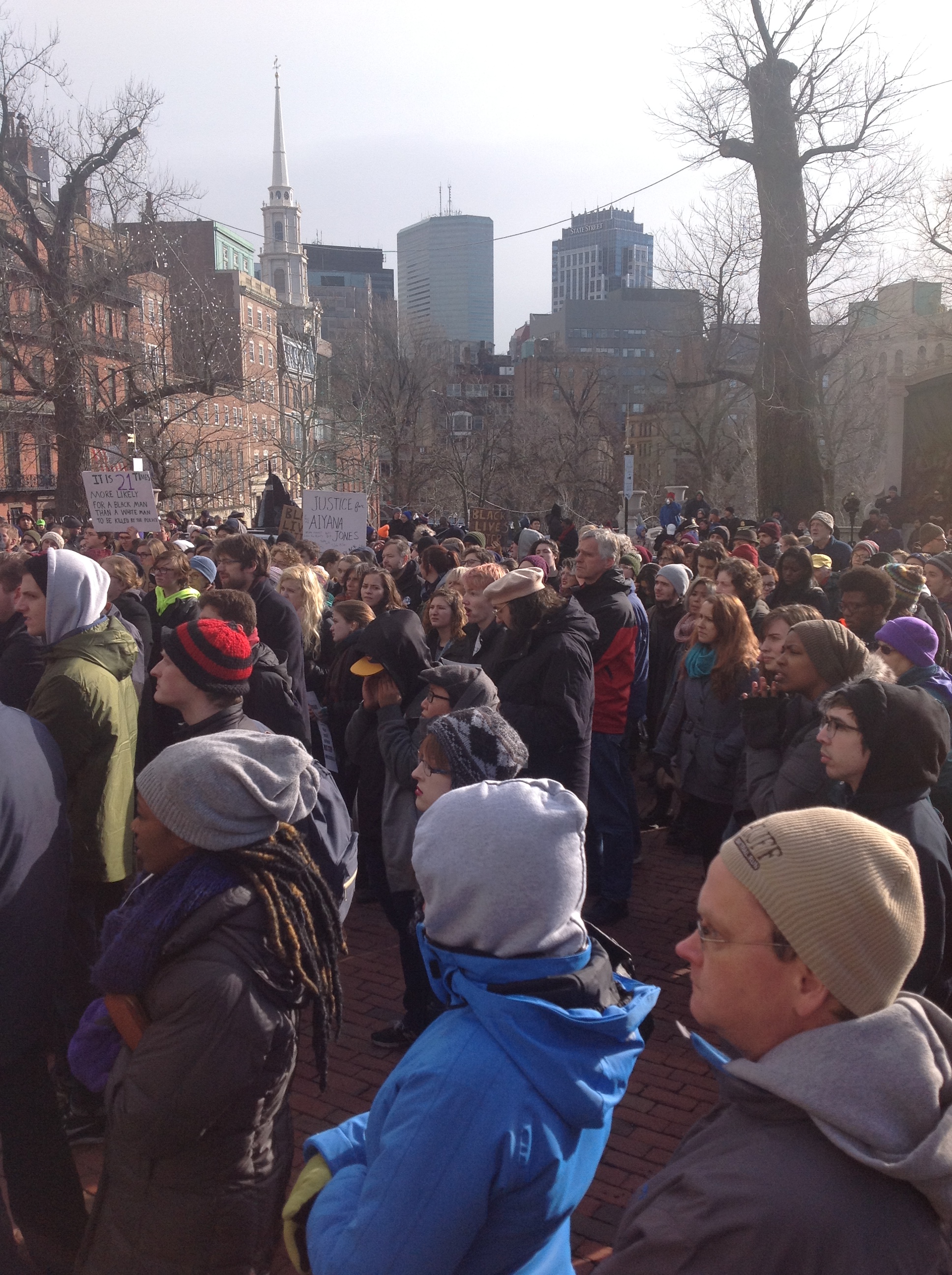 Image courtesy of Shutterstock
Image courtesy of Shutterstock
There’s some good news about a bill that’s been filed by Massachusetts House Representative Kay Khan (D-Newton), now known as HD1073. The good news is that the bill aims to prevent employees of the opposite sex from the use of video cameras in jails or prisons during strip searches. At this point, some activists feel that the bill doesn’t go far enough, but hopefully that can be corrected.
A strip search in this context, refers to any search where a prisoner is required to remove all of his or her clothing. Per the language of the proposed bill which according to Khan’s office, is still under construction, a strip search “may include a visual inspection of a nude inmate’s oral, anal or vaginal cavity.”
The need for such a bill came about as a result of a lawsuit filed by the Law Offices of Howard Friedman in 2011 against Sheriff Michael J. Ashe and Assistant Superintendent Patricia Murphy of the Western Massachusetts Regional Correctional Center in Chicopee. I wrote about this case here1 and here2, explaining how taping of searches began in mid-September 2008. According to the suit, 68 percent of the tapes show “some or all of the women’s genitals, buttocks, or breasts.” Per Friedman’s law office website: “From September 15, 2008 to May 20, 2010, males held the camera for about 70% of the strip searches.” While the jail contended that these videotapes were used for safety reasons and to document a “potentially dangerous move” from general population to the segregation unit, David Milton, an attorney in Friedman’s office, said of the jail, in a telephone interview in 2014,“No one could identify a single place in the country that videotaped strip searches.”
The suit contended that videotaping the searches violated the Fourth Amendment which protects citizens from unreasonable searches and seizures. The case was successful and Judge Michael Ponser’s decision came down on August 26, 2014. The judge ruled for Debra Baggett, the plaintiff in the class-action case, and 178 former and current detainees at the Chicopee jail. The case sent a jolt through anyone who was complacent about such horrors as the public discovered that 274 strip searches had been videotaped, all of women, mostly by men who supposedly didn’t look. An article at Think Progress, reported that Judge Ponser stated in the decision, “The fact that the male officer, while operating the video camera, may be turned to one side or have his back turned will do little, for most female inmates, to diminish the sense of embarrassment, humiliation, and vulnerability that she must inevitably feel.”
A few months after the suit was settled, in November, 2014, Lois Ahrens, director of the Real Cost of Prisons Project, wrote a letter to the editor (LTE) which first appeared on Masslive.com and then in Massachusetts Lawyers Weekly. She pointed out the cost of this process to taxpayers. Through a public records request, Ahrens discovered that the Sheriff’s office had spent close to $500,000 on lawyer’s fees to defend itself, saying they had not violated women’s rights when videotaping the searches.
Governor’s Councillor, Michael Albano, who represents the counties of Hampden, Hampshire, Berkshire and Franklin—where the Chicopee jail resides— became concerned about this. Ahrens said in an interview, that his interest was sparked after reading her LTE. Albano approached Rep. Khan about a bill.
Khan’s bill aims to add new language to Chapter 127 of the Massachusetts General Laws, which governs “Officers and Inmates of Penal and Reformatory Institutions, Parole and Pardons.” At this point, the language to be added is in flux and Khan said in a telephone interview that she hopes people will come to the to-be scheduled hearing to discuss their concerns. Concerns can and have changed bill language, said Khan.
The bill states that “Strip searches of inmates, including the videotaping thereof, shall not be conducted by or in the immediate vicinity of a correction officer or other employee of the opposite sex, except under an emergency or otherwise urgent situation.” This indicates that men cannot be videotaping body cavity searches of women except in emergency situations. “But what defines an emergency?” asked Ahrens. She said this needs to be clearly spelled out.
Ahrens also raised the issue that the bill does not call for outside oversight. If videotaping is mishandled, the superintendent or designees of the prison or jail get the news and are required to file a report. But Ahrens pointed out this could be problematic as they are the ones who have ordered it. “It’s a closed loop,” she added, and that doesn’t assure regulation. “The big question,” said Ahrens, is “Why do they have to videotape strip searches at all?”
Khan was receptive to all of these issues when hearing the criticism, and hopes that the bill can be ironed out in committee after public hearings when testimony on the bill will be heard. She said she too wondered why videotaping was necessary, and would ask the Department of Correction (DOC) that same question. “Oversight is a very good point,” she said, but admitted that even when the Department of Mental Health has gone behind bars to review conditions, it has been difficult to monitor some practices in the Department of Corrections (solitary confinement, for example).
In notes from a February 28 meeting of the Massachusetts Justice Network (MJN), a group that works on policy changes for incarcerated women, there was discussion of the bill. Suggestions were made that any searches of women should be based on new recommendations for the Bangkok Rules, the new UN global standards for justice-involved women. The Bangkok Rules put it this way: “Given the risk of abuse during pat-down searches and even more so during strip or invasive body searches, they must be carried out by female staff. Alternative screening methods should be developed.”
In other words, international standards say that we should end invasive searches. Period. Never mind videotaping them. About strip searches, MJN asked: “Why not use scanners and end demeaning (and trauma-inducing) body cavity searches.” Kay Khan said she was also receptive to this idea.
The protection of women prisoners is important. When shackling was ended in Massachusetts, it took many organizations coming together to raise their voices as to why shackling should not occur when pregnant women were giving birth behind bars. Now, Massachusetts has the opportunity to prohibit the videotaping of searches behind bars. In fact, it has the opportunity to raise questions about alternatives to invasive searches. Those organizations that got behind the inhumanity of shackling women need to speak out and help create a bill that has legs, and ultimately a law that protects the incarcerated from potentially abusive treatment.




